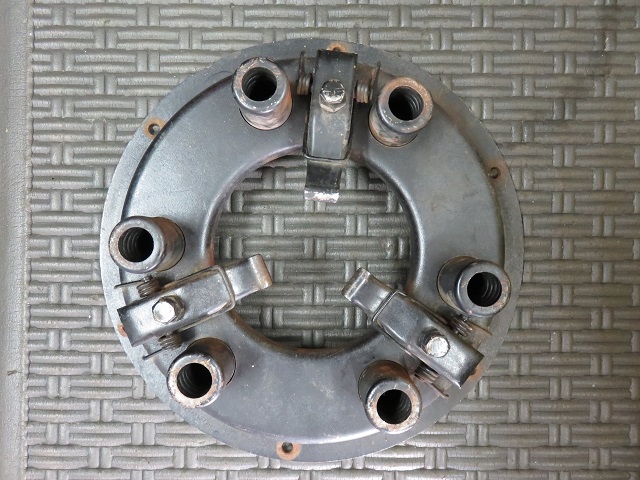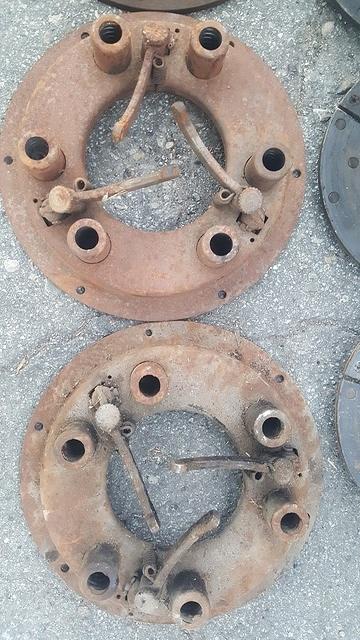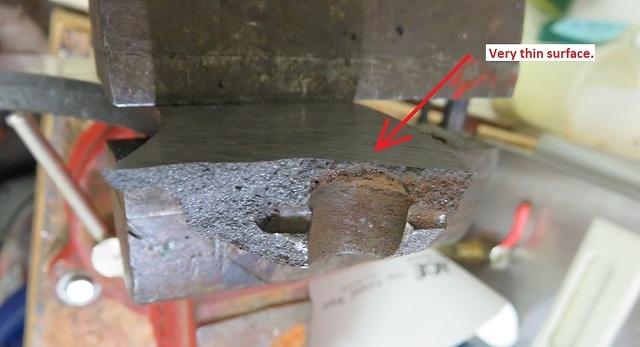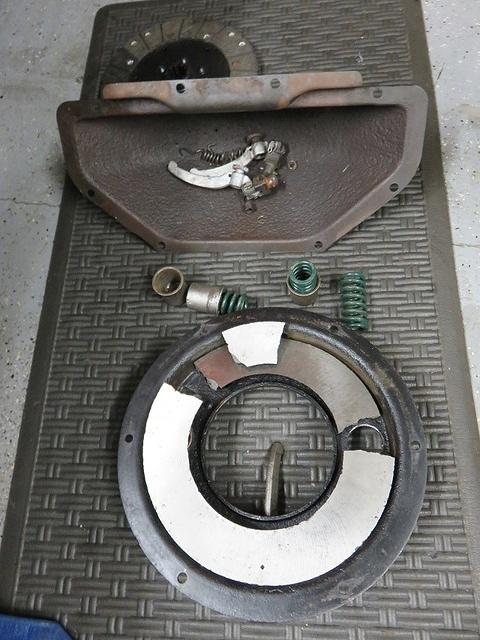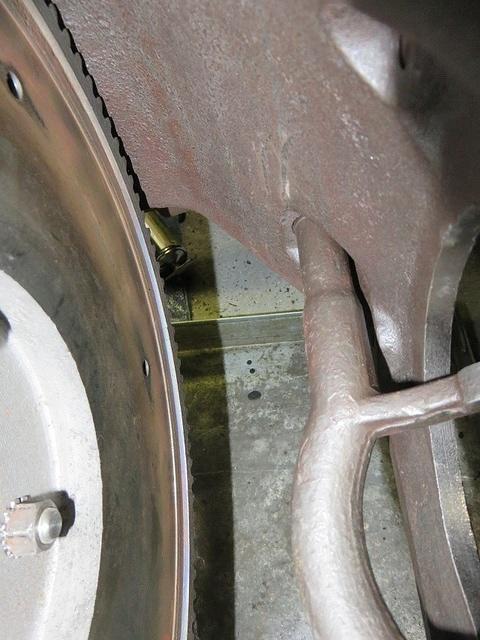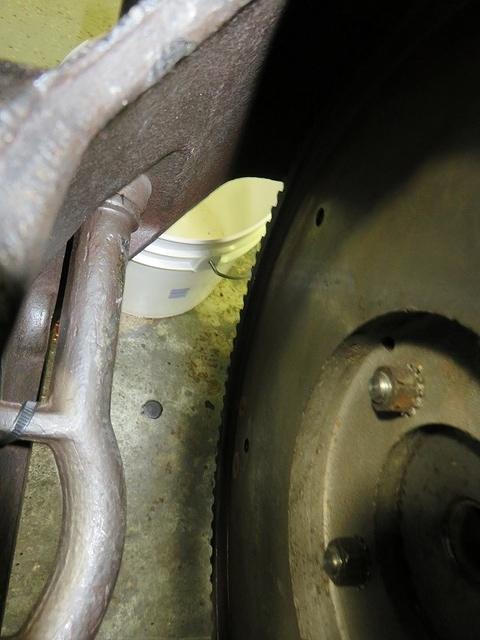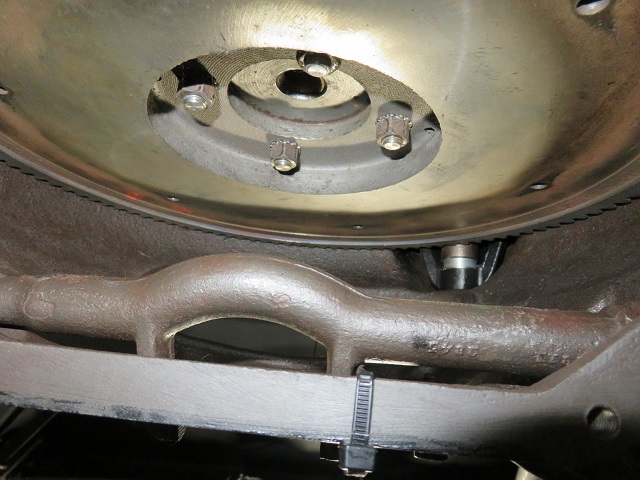Quote from: rwollman on August 08, 2018, 02:43:35 PM
Chet_ glad u got it worked out - I was thinking towards a binding or broken valve spring as based on your description of the noise in relation to cam revolution.....
Don't know for sure but we will see when I fire it up again. Fingers crossed.




